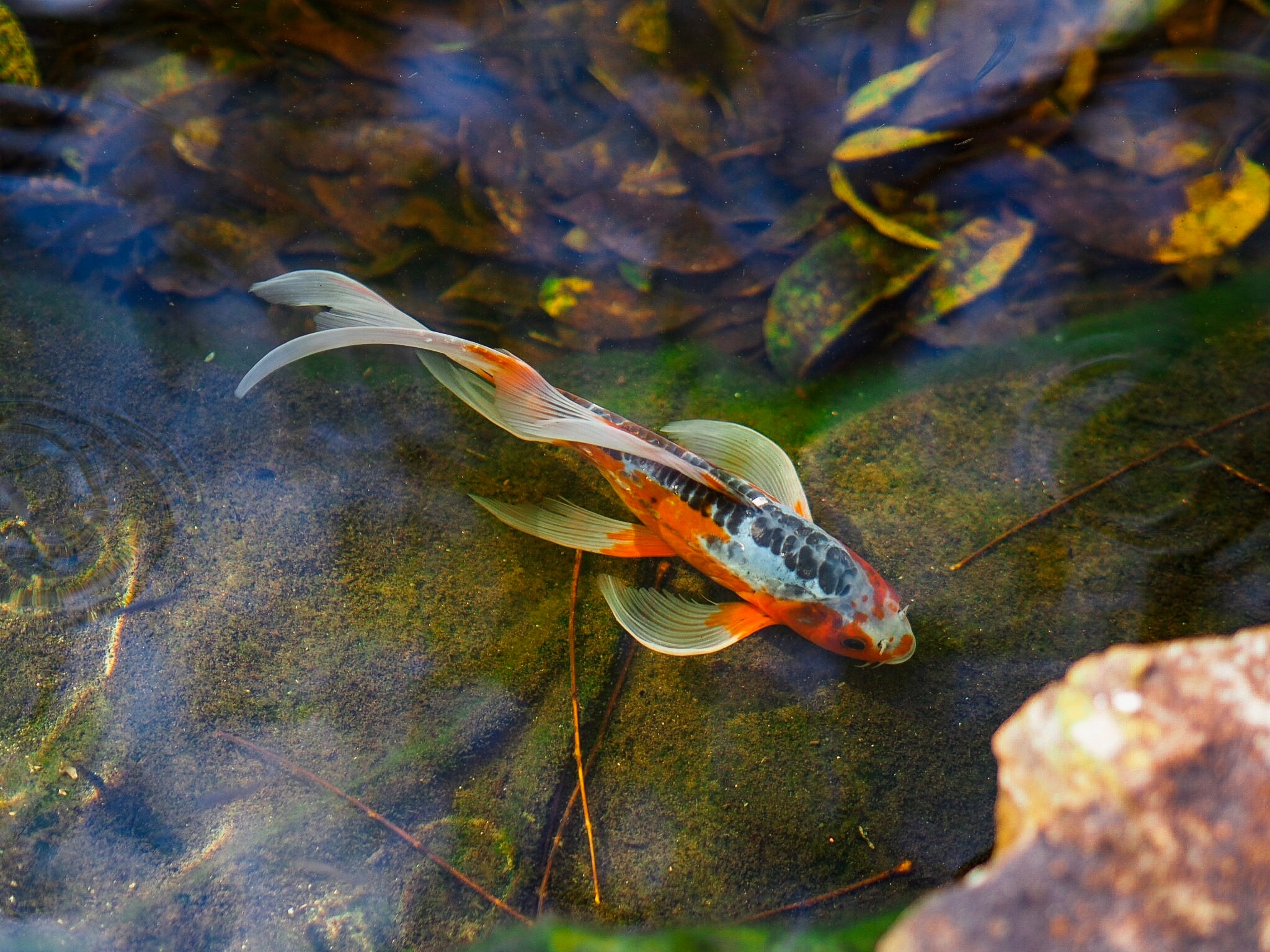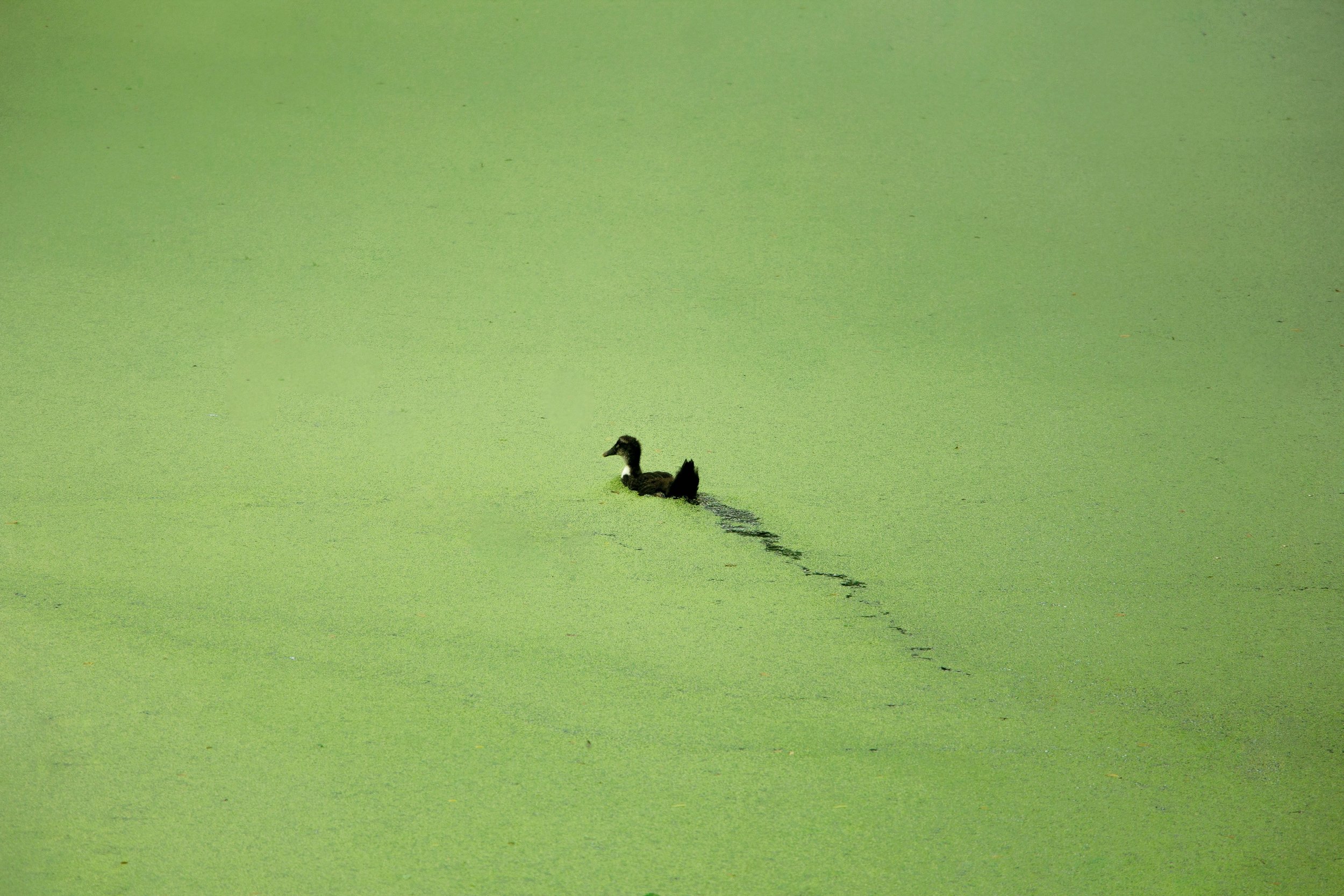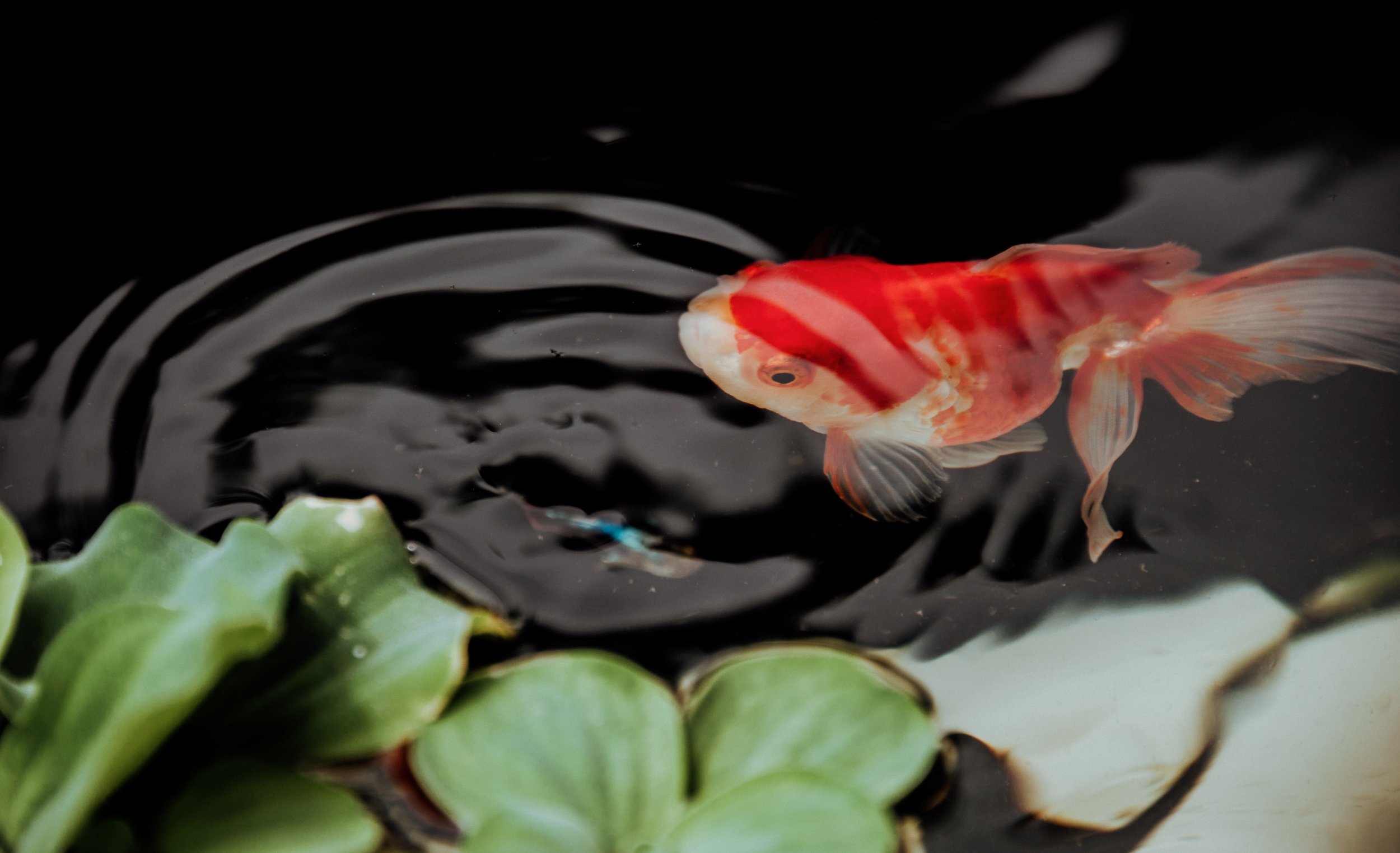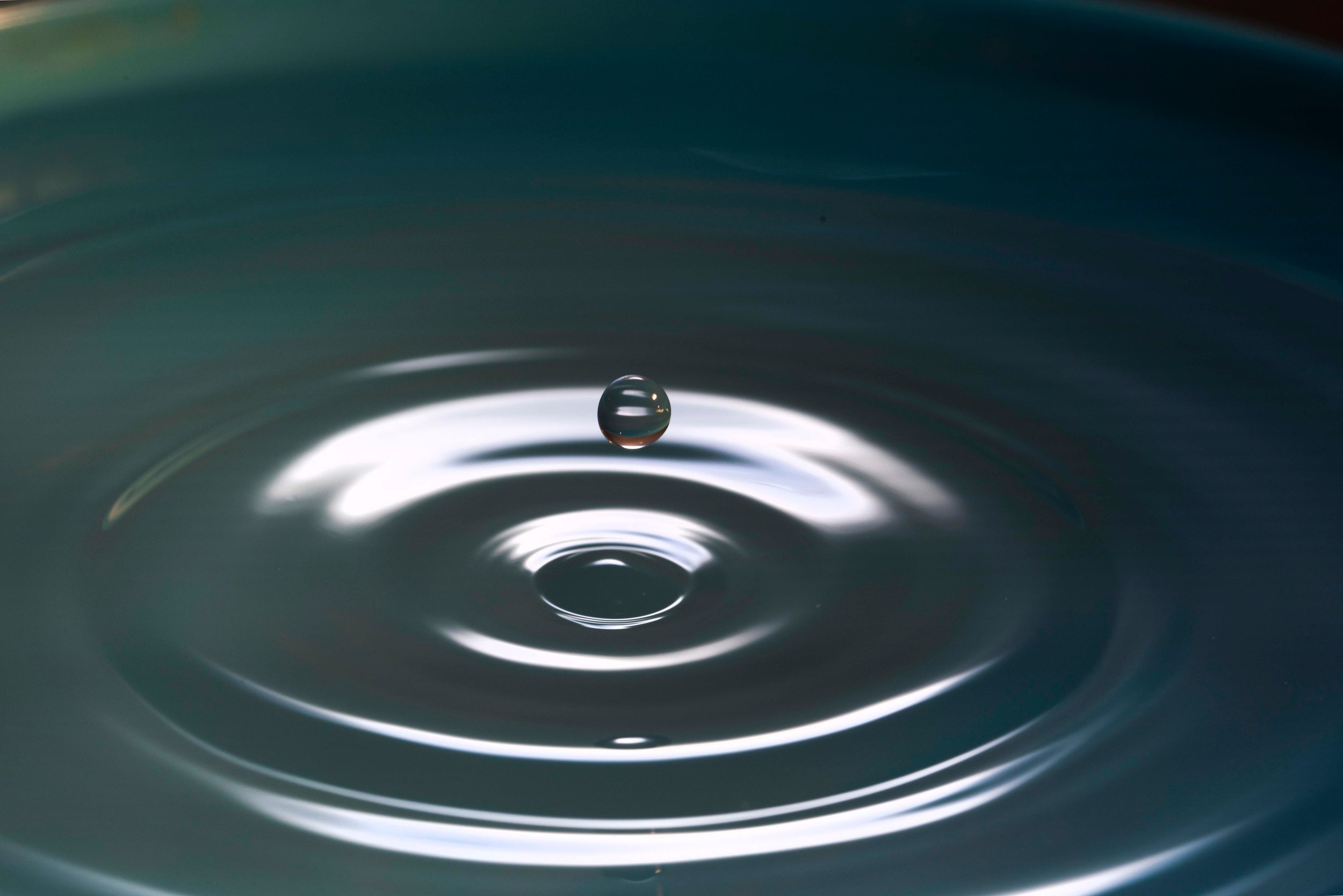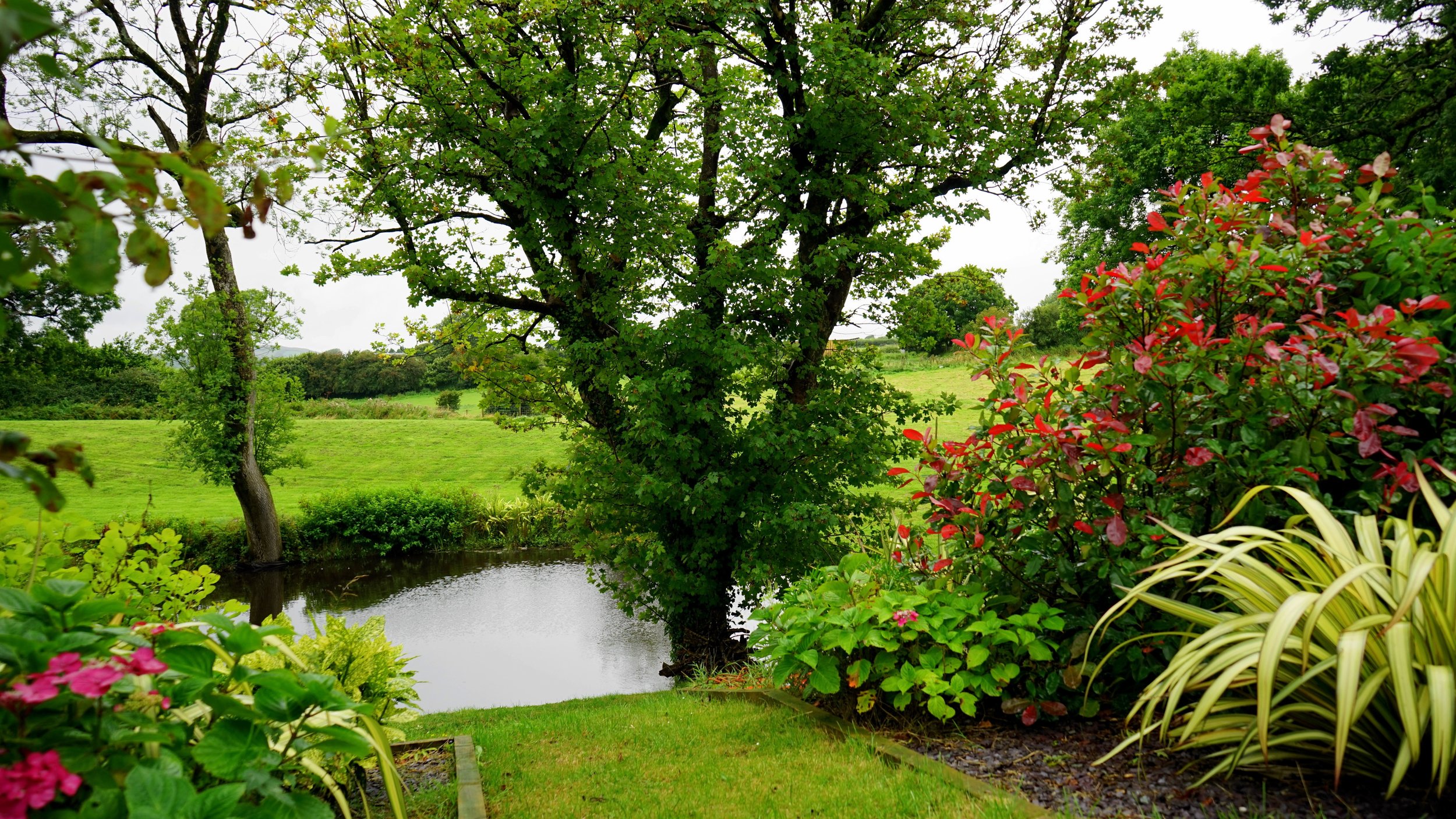Pond care can be a labor of love. CAN BE. It takes desire, time and knowledge to keep a water feature a healthy functioning ecosystem. Keeping a pond in balance using the pond’s designed filtration (whether natural or mechanical) with water plants, fish and biological additives can be a delicate task. Many homeowners revel in this task and water gardening provides a great way to enjoy the outdoors and to relieve stress. However, for others their pond becomes a source of frustration. Keeping that oasis beautiful now becomes a summer chore. That’s where DIWhy comes in. Starting in April 2020 DIWhy will offer Seasonal Maintenance Contracts!
How does a Seasonal Maintenance Contract work? Every other week a DIWhy employee will be out to complete the following tasks:
· Clean skimmer box net/basket/filters/brushes and pump
· Fertilize and trim and water plants
· Change light bulbs
· Add biological additives such as algicide, barley extract and beneficial bacteria
· Weed along the peripheral of water feature
· Adjust auto fill and/or pump auto shutoff
· Net any floating debris
· Visually inspect the water feature and make repairs if needed
· Feed fish
Our maintenance visits begin after the Spring Cleanout & Start Up and run all season until the water feature is shutdown the last week of October. So why choose DIWhy? We are a full-service pond contractor that focuses on one thing, water features. We build, repair and maintain water features and this has given us extensive knowledge in all aspects of water gardening. We’ve worked with ornate fountains, bubbling boulders, pondless water features, small to large ponds, cement ponds, natural water filtration, mechanical filtration, uv filtration and so much more!
So, what does it cost? Each maintenance visit is $89. The only other cost is the product (pond chemicals, light bulbs and so forth). Large repairs are billed separately, and consent is given by homeowner prior to beginning the work.
Contact DIWhy for a Seasonal Maintenance Contract and transform your feature into a stressless oasis today! Imagine stepping out your door and walking over to your water feature and simply enjoying the sights and sounds of the running water, the beauty of the water plants and the colors of the koi without adding to your to-do-list.






